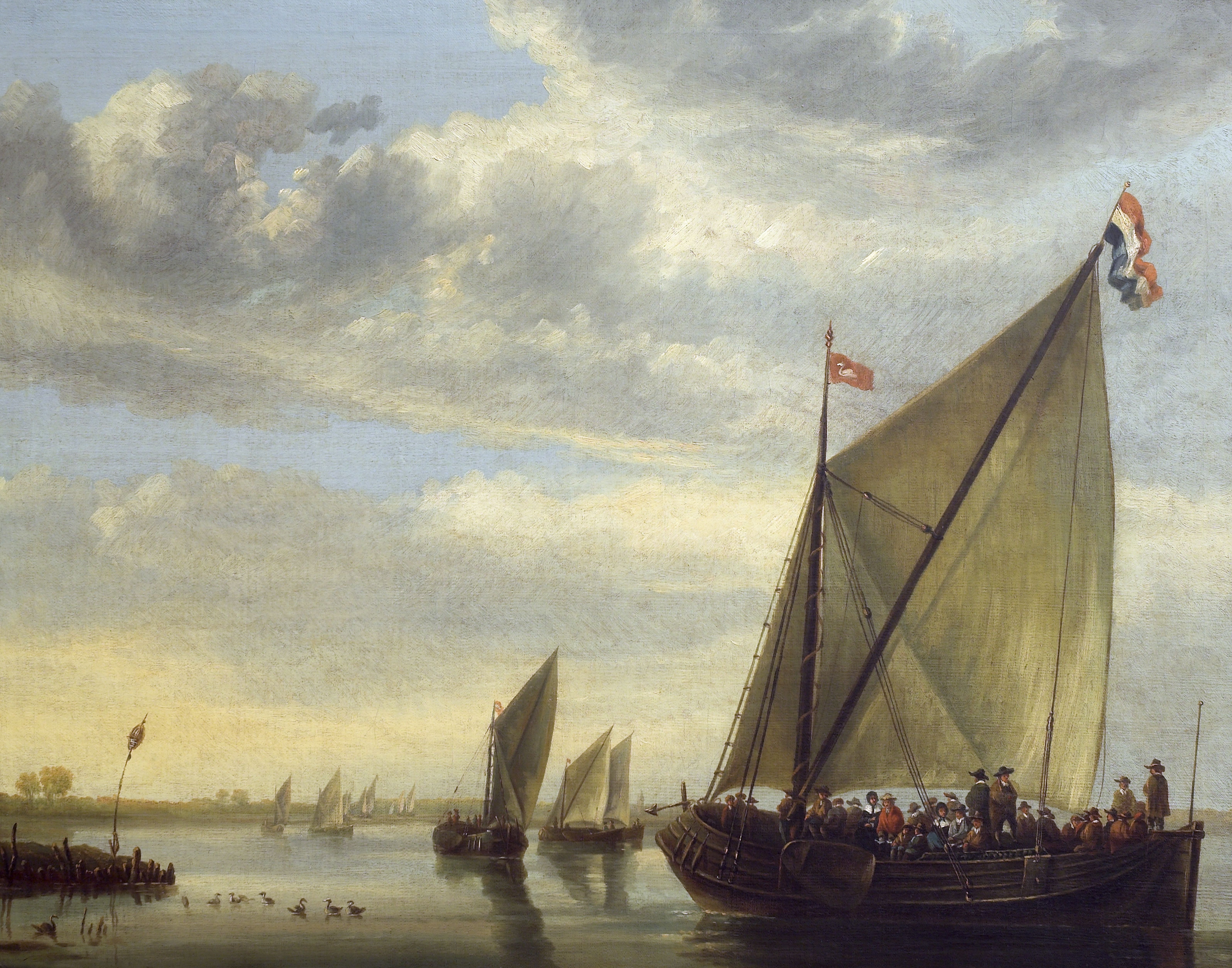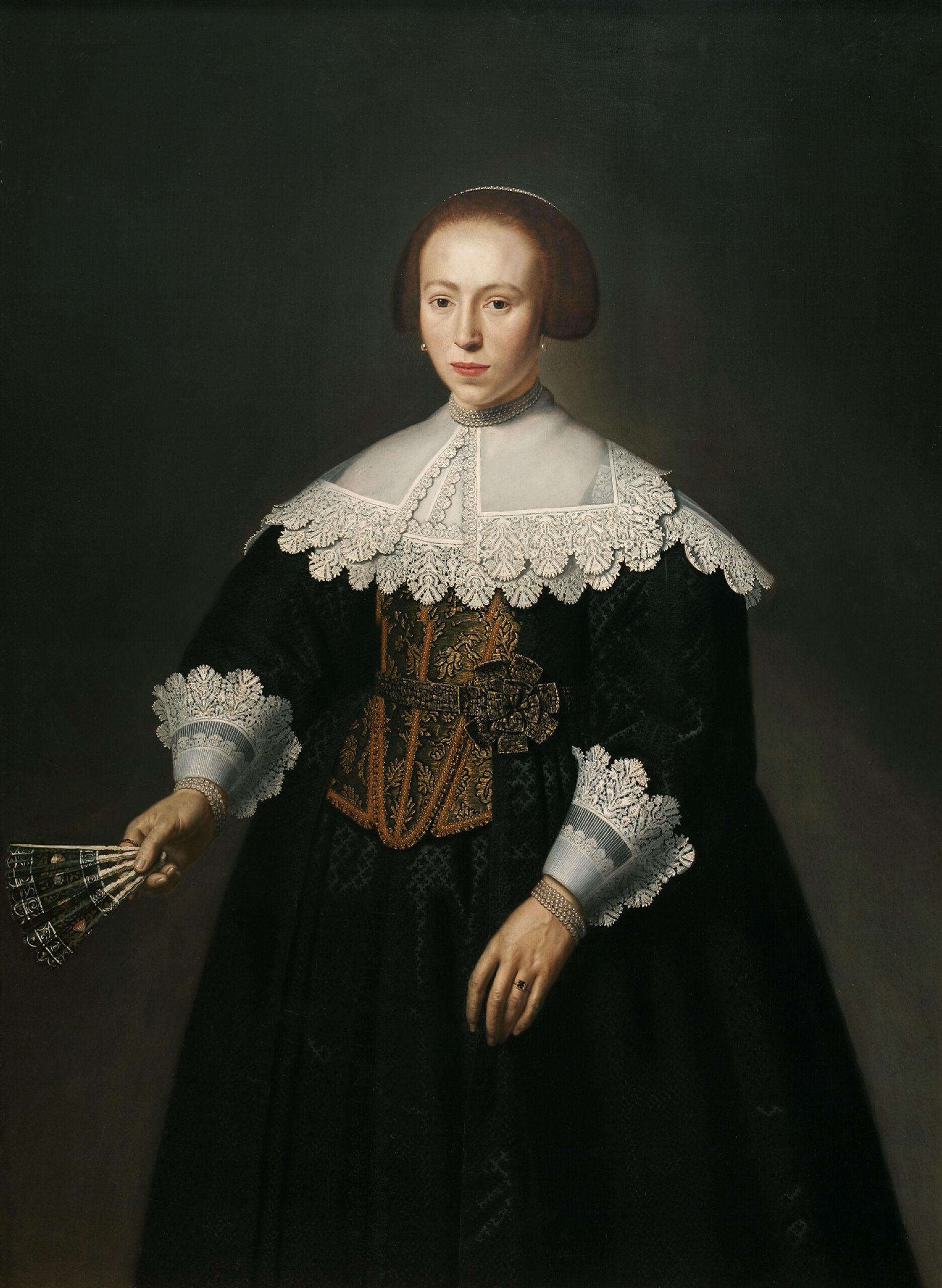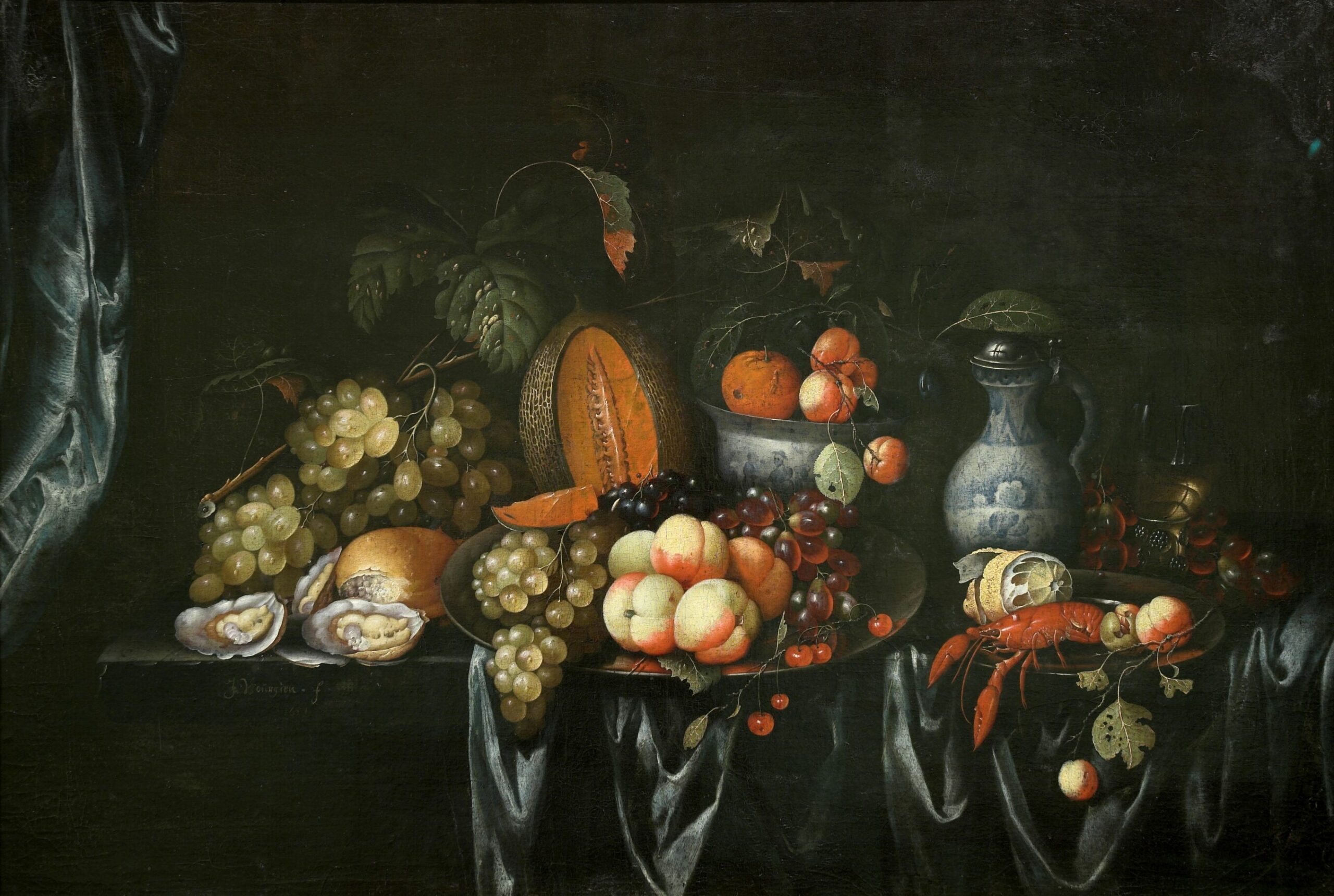This article was first published in the CODART Courant (Winter edition 2006) and in the CODART eZine, no. 3 Summer 2013.
Auckland City Art Gallery (now known as Auckland Art Gallery Toi o Tāmaki) was founded in 1887, and was the first permanent art gallery in New Zealand. It opened with two major gifts of works donated by Sir George Grey, New Zealand’s first governor (1845-53 and 1861-67), and by James Tannock Mackelvie, a philanthropic Scotsman. Mackelvie only stayed five years in Auckland, but spent the rest of his life buying books, art, and objects of virtu with his newly acquired fortune. When he died unexpectedly in 1885 it was revealed that he had left his collection, as well as much of his investments, to four Auckland trustees, with the proviso that a suitable building should be constructed to house it. The trust established to manage his bequest has continued to acquire works till the present day. Sir George Grey, by contrast, was primarily a bibliophile, donating first a major collection of books, manuscripts and incunabula to Cape Town in South Africa, and then a similar collection to Auckland. The knowledge of this impending gift provided the impetus for the developing city to construct a building that would be both library and art gallery.
The terms of Mackelvie’s will were then amended to allow both collections to be housed in the same building. The two men differed in temperament and interests, but their combined collections proved a tremendous beginning for the institution.

Casper Netscher (1635/36-1684), Girl Arranging Flowers , 1683>
Auckland Art Gallery Toi o Tamaki, gift of Sir George Grey, 1887
Sir George Grey’s painting collection (53 works in total) was relatively small in comparison to the books, decorative items and ethnic collections, and was made up of pieces he had inherited, as well as a group of paintings which he bought at Christie, Woods and Manson on 13 February 1869. While some of these works were no doubt purchased for sentimental reasons (Grey was acquiring paintings that had belonged to his stepfather), there were several of some quality. Among these were a river scene attributed at the time to Aelbert Cuyp, and a painting by Caspar Netscher, A Girl Gathering Flowers (1683) for which Grey paid 50 pounds and 8 shillings, his most expensive purchase. This suggests that he was particularly attached to it.
James Mackelvie’s most outstanding acquisition was Guido Reni’s Saint Sebastian, which he bought from the Hamilton Palace Sale in London in 1882 along with two other works that were sent directly to Auckland. This painting has been recently restored after intensive study and authenticated by Professor Richard Spear and can be viewed on our website. By contrast, the Dutch and Flemish works acquired by Mackelvie tended to be works on paper, including etchings by Peter de Bailliu, Cornelis Bega, Nicholaes and Abraham Berchem, Abraham de Bruyn, Rembrandt van Rijn and others, and drawings by Abraham Bloemaert and Jan Brueghel. The Auckland Art Gallery’s works on paper collection is particularly strong. In 1981 the Mackelvie Trust inherited the major part of Dr. Walter Auburn’s print collection, comprising over 1,500 works by Wencelaus Hollar, Stefano Della Bella, Jacques Callot and Giovanni Battista Piranesi.
Then, in 2004, it acquired the print collection of Emeritus Professor Peter Tomory, who had been the Gallery’s second professional director (1956-65), and whose focus had been primarily on Italian artists. Tomory assiduously researched the international collection while in Auckland, and was responsible for acquiring an outstanding group of 37 watercolors by Henri Fuseli, works which are in constant demand by borrowing institutions overseas.
During the 20th century, the Gallery built up a good representation of British Victorian and modern works, as well as a range of European paintings from Italy and Northern Europe. The impetus shifted in the 1970s towards work by New Zealand artists. Two artists were identified who warranted a special acquisition focus.
As a result Frances Hodgkins, who spent most of her career working in England, France and Spain, is well represented, particularly with works from her later Modernist period, when she exhibited in London beside Paul Nash, Henry Moore and members of the Seven and Five Group. Colin McCahon worked as a curator for many years at the Gallery, and used one of the attic rooms as his studio. For many, he is New Zealand’s best-known artist, turning from his early Modernist works focusing on local landscape to a form of abstraction combined with text. In the last few years, the Gallery has also built up a very broad collection of contemporary art, including outstanding examples by Maori and Pacific Island artists.
- Dirck Santvoort, Portrait of a lady, 1637 Dirck Santvoort (1609-1680), Portrait of a lady, 1637 Auckland Art Gallery Toi o T ̄amaki, Auckland (gift of P.A.N. Nathan, 1963)
- J. Bourjinon, Still life with fruit and shellfish, Auckland Art Gallery Toi o Tāmaki (gift of an anonymous donor, 1954)
Although the Dutch and Flemish collection at the Auckland Art Gallery is relatively small with regard to paintings, we have a very fine collection of works on paper, which, as well as the Mackelvie Bequest already mentioned, includes prints by Dürer, Rembrandt, Willem van Swanenburg, Jan Saenredam and Adrian Collaert. Among the European Old Master paintings, Hendrik Mommers’s Landscape with Peasants, Roelandt Savery’s Noah’s Ark (c. 1620) and Dirck Santvoort’s Portrait of a Lady (1637) stand out. A vanitas painting, Still life with Fruit and Shellfish, gifted by an anonymous donor, is signed J Bourgien f, 1657. This is believed to be a version of the name of the artist Bourjinon, also known as Bourgeois, who is now thought to have been a woman.

Pieter Brueghel the Younger (1564-1638), A Village fair (Village festival in honour of Saint Hubert and Saint Anthony), Auckland Art Gallery Toi o Tāmaki (purchased 1961)
The most popular Northern School work in the Gallery collection, however, must be Pieter Brueghel the Younger’s Village Fair, which was acquired by the Mackelvie Trust in 1961. Versions of this work are listed in the Hermitage and Fitzwilliam museums. Previously it had been in the collection of Dr. C.J.K van Aalst. The painting stands out in the artist’s oeuvre as being his own invention – unlike many of his paintings, which were derived from his father’s compositions. Random House has recently commissioned a book on the Old Master paintings in public and private New Zealand collections, which I will commence writing in 2007.

Follower of Hans Jordaens I , The disbelief of Saint Thomas, Auckland Art Gallery Toi o T ̄amaki, Auckland (gift of Mrs. S.D. Price, 1954)
Clarifying the attribution of paintings in the Auckland collection has often been a difficult task because of New Zealand’s isolation from Europe, although this has begun to change in the last ten years as more people view the Pacific as a tourist destination. One of the works from the Dutch and Flemish collection acquired by Sir George Grey, A Battle Scene, attributed at the aforementioned Christie’s sale by Pieter Snayers, was later reassigned to an unknown artist. This and another painting attributed to a follower of Hans Jordaens I, The Disbelief of Saint Thomas, will be conserved and reframed when the main gallery is closed for redevelopment next year. The latter demonstrates Caravaggesque influences, and has lively brushwork, particularly in the face and hands. Any suggestions regarding attribution would be very welcome.
Mary Kisler is Senior Curator of the Mackelvie Collection and International Art at the Auckland Art Gallery Toi o Tāmaki, Auckland, New Zealand. She has been a member of CODART since 2006.



